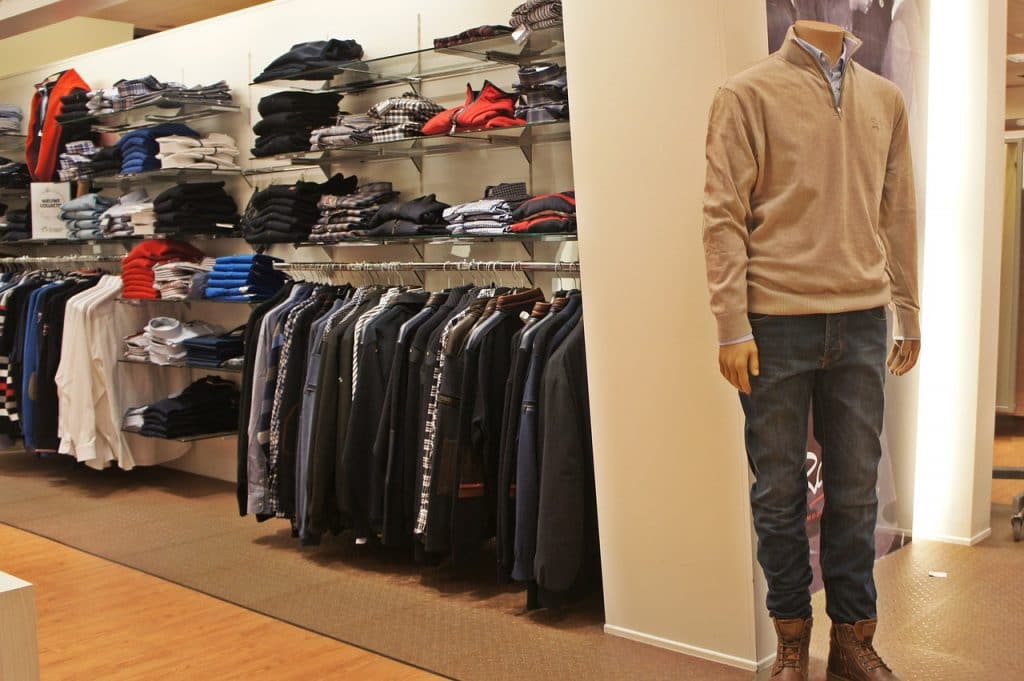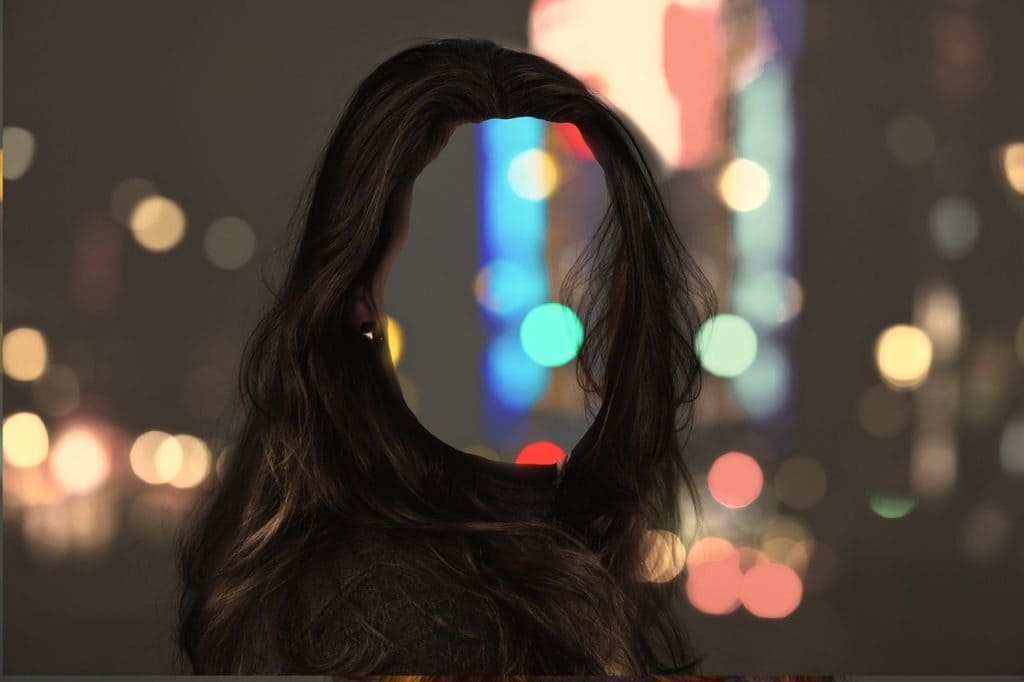5 Ways To Increase Retail Sales
Visual merchandising is often called “the silent salesperson”. It is the subliminal factor that helps to increase retail sales and store traffic (Mathew). The current retail environment is making it progressively more important for retailers to establish how their visual merchandising is perceived by customers. If it strikes the wrong note, it can detract from the store and leave customers feeling overwhelmed or severely irritated (Cant & Hefer).
The Display Centre have composed 5 tips to keep your consumers engaged & to help you increase retail sales:
1: Get The Proxemics Right
This isn’t just about your merchandise, this is also about your staff. Proxemics refers to the proximity in which stimuli are from a customer. If a sales person stands too far away from a customer, they can be perceived as disinterested or even hostile. Alternatively, if they stand too close, they may appear overbearing and invasive. Being mindful of the impressions that can be given off through distance and body language is important.

Proxemics can also be applied to manipulate the customer’s attention. When our attention is directed upward, to something tall, our focus expands to take in as much as possible. When our attention is directed downwards, to a low shelf, our attention becomes focused on a few specific things (WireSpring). This is part of our survival instinct that helps us avoid trip hazards and holes. This natural instinct can be harnessed to direct attention towards particular items in your store. By carefully directing your customers’ attention to particular products, you can help drive and increase retail sales.
Items such as display plinths, acrylic risers and even some window dressing items are the best way to do this. Alternatively, if you are feeling brave, you may even wish to suspend some items in your window displays!
2: Keep Your Customers’ Goals In Mind
Customers desire different store atmospheres, depending on their shopping goals. Customers prefer a soothing environment when shopping for something that is unfulfilling but needed. However, customers much prefer an exciting environment when shopping for pleasure (Levy & Weitz).
This is reflected in supermarkets and tech shops in particular. Owing to their size and unfulfilling nature (to most), supermarkets use what is called a “warm up”.
Atmospherics are used to introduce items in a logical way before customers enter the stacked aisles.

This also can be used to encourage an impulse buy increase in retail sales. Conversely, tech shops use an exciting layout with music to encourage adrenaline and excitement. This adrenaline drives customers to spend more than they planned on something that excites them.
Both of these techniques seek to increase retail sales by encouraging customers to purchase more. But when used correctly in window displays too, you can also encourage more customers into your store to also increase retail sales. If you would like some inspiration for making your displays more exciting you may wish to visit our mood boards on Pinterest and also explore our window dressing, light box and letter board sections. All of which are easy to use and fast to set up and to great effect.
Enter Your Details To Receive A Copy Of Our Shop Shelving Sheet
3: Acknowledge The Gender Preferences
It may not be surprising that men and women tend to have different shopping preferences. Women are more attentive to creative displays and prefer an immersive experience. Men, however, prefer to search for signs and obvious visual clues to point them towards their desired items (Cant & Hefer). This said, good merchandising should always lead a customer around a store in a logical manner. So whether your target audience is male or female, visual clues are important. In addition, adding to the atmosphere of a store may entice customers to make more impulse pruchases.
4: Take Care With Your Theme
Customers often notice and appreciate display themes that run throughout stores. And in particular those that are related to social or environmental phenomena, such as a seasonal changes or sporting events (Cant & Hefer). This said, customers also notice when the theme is wrong and it can heavily detract from a store’s appeal.
A common theme error is to mismatch the theme to the type of retail store. In addition, another common mistake is to have items on display aren’t easily found on the shelves. This can be worse than not having the items displayed. Customers give up searching and then are more likely to look online than they are to return later. This is a particular risk if no one can easily be found to help. This in itself is bad, but the following disillusionment with the brand and the time it takes to rectify it can be even worse for sales.
5: Don't Go Too Far
Yes, visual merchandising is very important. And yes, the way your store looks drives your sales. BUT, don’t overcrowd and don’t take it too far. If there is too much going on in your store it can detract from your products. Even worse, it can leave your customers feeling frustrated and “severely irritated” (Cant & Hefer).
Know your customers and where to pitch your displays. Many customers adore creative window displays and many stores thrive driven by their creative displays. But these stores don’t push the line to excess and overload their customers with too many distractions. Their fittings are very much designed to compliment their products and not to overpower them.
The Display Experts
At the Display Centre we are committed to helping our customers find or create the shop fittings and equipment that will drive and increase retail sales. For this reason, we offer a range with over 4,000 products to choose from and a bespoke service. Our bespoke service allows you to bring your display problem or request to us. We then work to your lead times, budget and specification to find you your perfect solution.
This is a tried and tested method. Visit our case studies to read about how we have helped the likes of Paperchase, Zoggs and Superdry to create their perfect items. But we are not just all about the big players, we love what we do and enjoy helping boutiques and retail giants alike.
To get our help today, call 01329 842 000 or email mydisplayexpert@displaycentre.co.uk
